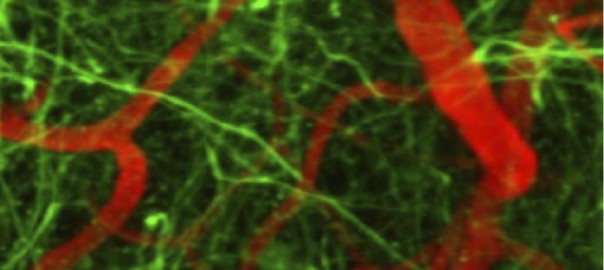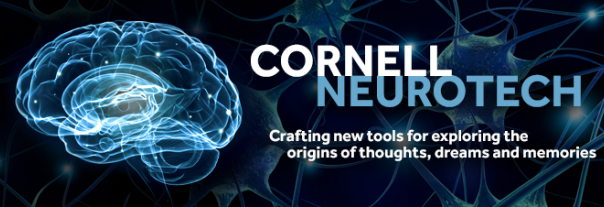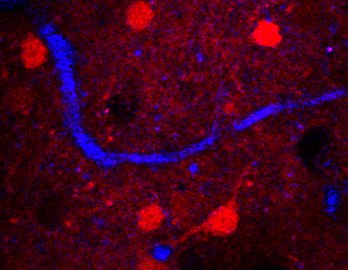
Novel imaging of the degeneration underlying illnesses such as multiple sclerosis to allow for faster development of treatment strategies
Normal brain function depends on wrappings of nerve cells by myelin which enhances the speed of conduction of electrical information in the brain and spinal cord. Disruptions of myelin are the source of the devastating movement problems with vision and movement in multiple sclerosis. This breakthrough allows the visualization of myelin, even on single nerve … Continue reading Novel imaging of the degeneration underlying illnesses such as multiple sclerosis to allow for faster development of treatment strategies

